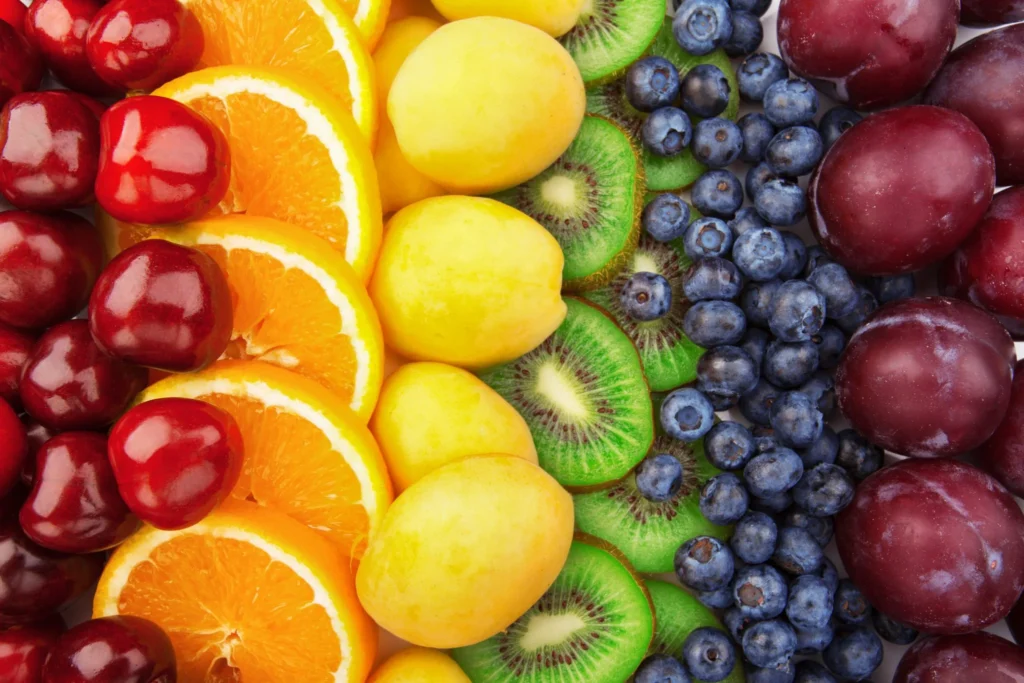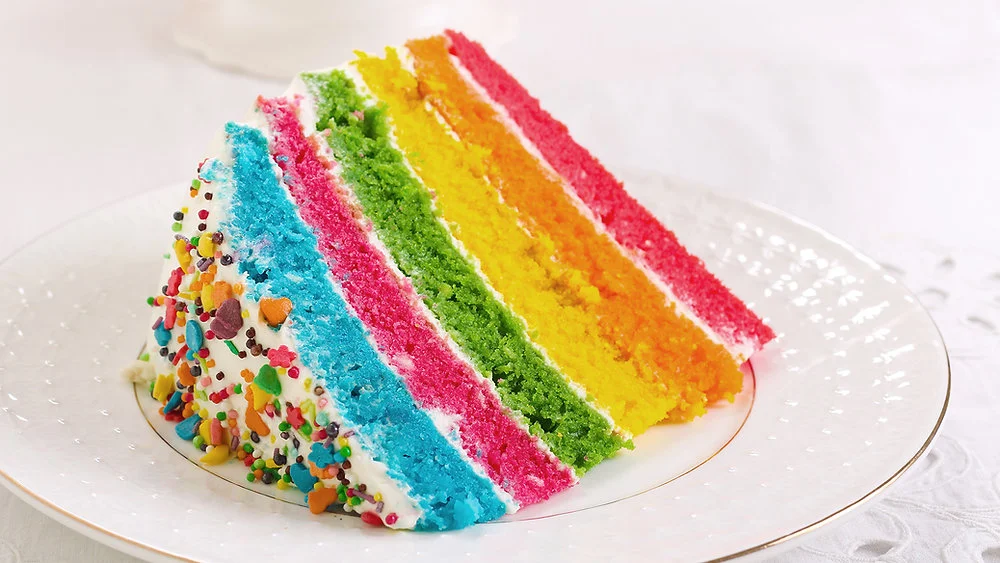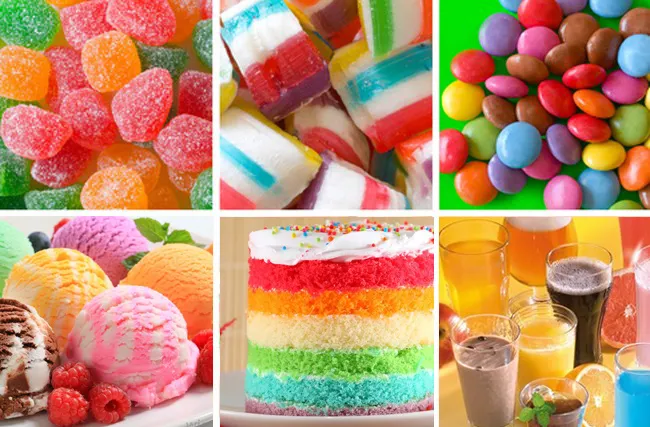Have you ever noticed that you’re more attracted to bright-coloured fruits and vegetables when shopping? It’s not just because they look pretty; there’s a fascinating science behind why we choose foods based on their colour.
Why Do Colors Matter?
Colours play a significant role in our food choices because they are closely linked to our perception of taste and quality. Bright, vibrant colours in fruits and vegetables often signal ripeness, freshness, and nutritional richness. For instance, a deep red strawberry or a bright green broccoli immediately suggests that the food is fresh and full of flavour. This perception is not just in our minds; it’s also a biological response. Our ancestors relied on colour to determine which foods were safe and nutritious to eat. Bright colours often indicated the presence of essential nutrients, while dull or brown colours suggested spoilage or a lack of nutrients.

The Psychology of Color and Taste
Our brains have developed to associate specific colours with certain tastes. For example, red is often associated with sweetness, which is why red apples or strawberries seem more appealing. Green, on the other hand, is associated with freshness, which is why green leafy vegetables look crisp and inviting. These colour associations can even influence our taste experience. Research has shown that people tend to rate the flavour of foods differently based on colour, even when the actual taste is the same. This psychological effect shows how much color can shape our eating habits.
Color and Appetite
The colour of food can also affect our appetite. Bright colours like red, yellow, and orange can stimulate hunger and make food appear more appetizing. This is why many restaurants and food companies use these colours in their branding and advertising. On the other hand, cooler colours like blue and purple are less likely to stimulate appetite and are used less frequently in food marketing.

The Science Behind It
From a scientific perspective, our attraction to colourful foods is partly due to how our brains process visual information. When we see a bright, colourful fruit or vegetable, our brains receive signals that this food is likely to be tasty and nutritious. This response is deeply rooted in our evolutionary past, where choosing the most nutritious foods was essential for survival.
Understanding the connection between colour and food can help us make healthier choices. By being aware of how colours influence our taste and appetite, we can better appreciate the role they play in our diet. Next time you’re grocery shopping or preparing a meal, take a moment to notice the colours on your plate. They’re doing more than just looking good—they’re influencing your taste, satisfaction, and even your health!

